Capsule Review: 2014 Ford Fusion Energi

Forget the Ford GT. Pay no attention to all the Shelby or Roush branded Mustangs. This car, the 2014 Ford Fusion Energi, is the true halo car for Ford. Homages to the 1960s are easy. People are willing to pay extra for an enormous engine, outrageous styling and instrumented-test bragging rights. On the other hand, a midsize sedan propelled by technology with more computing power than all the slide rules in the Apollo program and sold for a price that’s less expensive than a year of tuition at many colleges is extremely hard.
The 2014 Fusion Energi is their moonshot.
The second-generation Fusion was taken incredibly seriously by Ford, and it’s easy to tell. I think the success and critical acclaim of the first-generation Fusion surprised the company, and in developing the follow-up they wanted to grab the brass ring. All Fusions have a solid platform that’s got a bunch of high-strength steel in it. That makes it go down the road more solidly than any other midsizer. The competition feels limp by comparison. Jack covered this quite well on a Volkswagen-sponsored competitive drive.
The Fusion Energi mangles the English language because it sounds more impressive than saying “plug-in hybrid electric vehicle.” That’s what the Fusion Energi is, though, a plug-in hybrid that delivers a few miles of electric-only driving before defaulting to tag-teaming with the on-board 2.0 liter Atkinson Cycle four cylinder. The engine itself puts up 141 hp and 129 lb-ft of torque, unimpressive numbers that are the result of the “high-expansion” nature of the Atkinson cycle that trades performance for efficiency.
The electric side gets going with a 117 hp (88kW) motor and 7.5 kWh lithium-ion battery, and its all corralled by a CVT that sucks less than you’d expect (in at least two senses of the word) because of the electric motor’s contribution to torque delivery. As far as hybrid system integration – the thumps and shudders that happen as two different prime movers hand off propulsion duties, the Fusion Energi is exceptional. Maybe it’s just a trick of the quiet interior, but the Fusion Energi is encroaching on the leadership of Toyota’s Hybrid Synergy Drive, the long-established hybrid refinement champ, and you don’t have to suffer with a Camry to get it. Even the stop/start function is unobtrusive, a feature that can feel like grabbing hold of a paint mixer even in luxury cars. With the Fusion Energi, Ford has done its homework and come up with a very well-behaved hybrid powertrain that sits in a jewel of a car.
One particularly nice touch with the Fusion Energi system is that you can select between full EV mode and hybrid mode. This was pretty handy for my commute, which starts off as highway for the first 20 miles and then spends the final 20 miles grinding through stop-and-go. I loved being able to conserve the battery’s charge until the slowdown. Fuel economy, observed at 37 MPG combined, was lower than the 108/92 MPGe EPA estimates would have you believe.
The Fusion Energi takes 7 hours to charge on 120 volts and just a couple when connected to the additionally-available 240 volt charger that Ford offers. Consider your parking situation to get the most out of this car. There is no garage at the Braithwaite homestead, so I lucked out weather-wise during the car’s stay. Otherwise, if you want to plug it in to charge during a rainstorm, you may be in for a zappy surprise. Without a garage, forget about the 220V charger.
The rigid structure was a big surprise to me. My experience with earlier Fusions had been largely positive – it’s always been a good car to drive – but you could see the seams, the areas of cost-savings. The second-gen Fusion is impressively well-crafted. Ford fussed over everything on this car and it shows. This is an American car that’s more finely burnished than the rest of the class, even the vaunted Honda Accord.
Yes, My Ford Touch is here, but, surprisingly, it didn’t get much in the way. Maybe I’m more used to it now, or maybe Ford’s upgrades have made it less hateful. It’s still complex, but I had more issues with the capacitive touch buttons on the center stack than I did with anything driven by the touchscreen. Not having buttons makes the designers happy, perhaps, but it makes drivers crazy. Buttons that are harder to button make drivers distracted and therefore dangerous. Everything else in the interior is very well put together to the point where it would feel at home competing with the Lexus ES. That’s hyperbole, but careful finishing and high-quality assembly are evident everywhere. I was very impressed with how few corners were cut. Ford clearly invested time and effort in designing this car, and they’re not skimping on it in the build stage, either.
Just the door seals are interesting to examine, and they show attention to detail that’s evident throughout. The leather seats are very comfortable, though like every car writer, I’ll ask for more lateral support. The things you touch are nicely finished with low-gloss plastics and soft-touch surfaces. Design, from the stitching pattern on the seats to the classy sweep of the dashboard and door panels, is premium in the interior of the Fusion. It feels luxurious.
The carefully-tuned ride and handling feel more like a premium car from Der Vaterland than actual German competitors. Bumps are managed by the suspension to become non-events, underscored by the quiet interior. On the other hand, the suspension isn’t overly mushy at the altar of a smooth ride. Damping is excellent, so the wheels are under superb control. Hit a corner, and even with hybrid tires the Fusion is precise enough to be satisfying to even an enthusiast.
The Fusion Energi I drove was an SE trim, and your other choice is the loaded-to-the-gills Titanium. The Fusion Energi SE starts at $34,700, and mine carried options to drive the price up to $39,500. It’s hard to fathom what else the Titanium trim carries, given that there were features on this SE press car that I never, ever used (I can park very well myself, for example.) That said, the extra five grand went for things like the Driver Assist Package, Reverse Sensing System, Active Park Assist, navigation, rear-view camera and Intelligent Access with push-button starting.
The way the Fusion stands out from the field is different depending on what car you’re comparing it to. A Camry feels aggressively built-to-a-price, the Accord suffers from horrible electronics for infotainment, The Sonata and Optima feel like they could use another round of final tuning and integration, and the Altima is off in its own little world where tinny-feeling cars with underwhelming dynamics are okay. Surprisingly, the Chevrolet Malibu, while not as engaging to drive, has been upgraded for 2014 to be the yin to the Fusion’s swaggering yang. When you’re not talking hybrids or plug-ins, the Fusion has the Mazda 6 to contend with. It’s a great-looking car that didn’t need to lift its styling cues from Aston Martin, and it’s more pleasing to drive without feeling flimsy. But we’re talking about the PHEV Fusion Energi, so there’s really no exact direct competitor.
The long and short of my time with the 2014 Ford Fusion Energi can be summed up thusly:
Costs modestly, looks expensive, feels expensive. The additional hybrid gear doesn’t mar the experience or alter it significantly. The trunk shrinks a little (and the seats don’t fold), so you some practicality. The fuel economy may not equal the confusing window sticker figures, but it’s one of the very few hybrids on the road that’s actually a delight to drive.
The 2014 Ford Fusion Energi is great because it’s a hybrid, not in spite of it. That’s crazy hard to pull off.

More by Winston Braithwaite
Latest Car Reviews
Read moreLatest Product Reviews
Read moreRecent Comments
- Probert They already have hybrids, but these won't ever be them as they are built on the modular E-GMP skateboard.
- Justin You guys still looking for that sportbak? I just saw one on the Facebook marketplace in Arizona
- 28-Cars-Later I cannot remember what happens now, but there are whiteblocks in this period which develop a "tick" like sound which indicates they are toast (maybe head gasket?). Ten or so years ago I looked at an '03 or '04 S60 (I forget why) and I brought my Volvo indy along to tell me if it was worth my time - it ticked and that's when I learned this. This XC90 is probably worth about $300 as it sits, not kidding, and it will cost you conservatively $2500 for an engine swap (all the ones I see on car-part.com have north of 130K miles starting at $1,100 and that's not including freight to a shop, shop labor, other internals to do such as timing belt while engine out etc).
- 28-Cars-Later Ford reported it lost $132,000 for each of its 10,000 electric vehicles sold in the first quarter of 2024, according to CNN. The sales were down 20 percent from the first quarter of 2023 and would “drag down earnings for the company overall.”The losses include “hundreds of millions being spent on research and development of the next generation of EVs for Ford. Those investments are years away from paying off.” [if they ever are recouped] Ford is the only major carmaker breaking out EV numbers by themselves. But other marques likely suffer similar losses. https://www.zerohedge.com/political/fords-120000-loss-vehicle-shows-california-ev-goals-are-impossible Given these facts, how did Tesla ever produce anything in volume let alone profit?
- AZFelix Let's forego all of this dilly-dallying with autonomous cars and cut right to the chase and the only real solution.




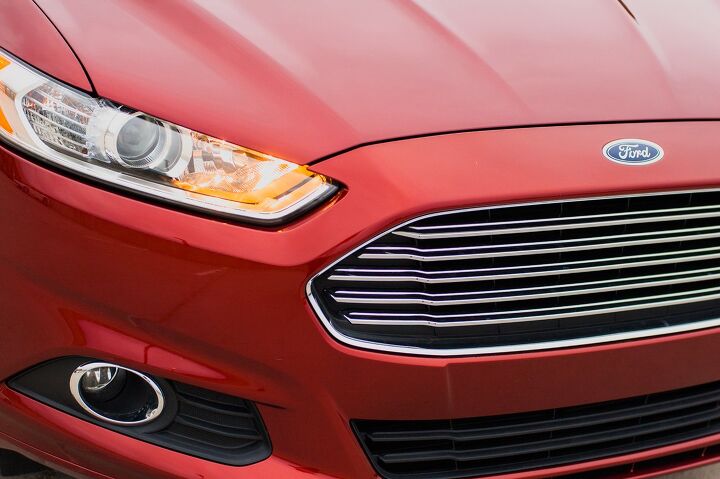




























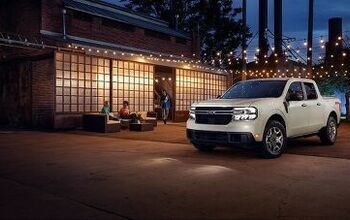

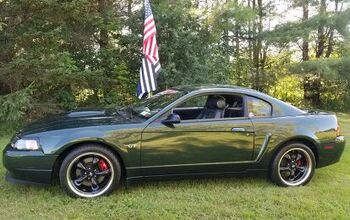
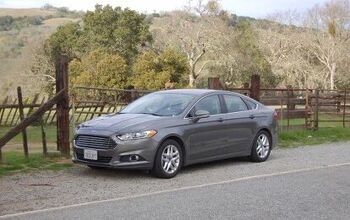
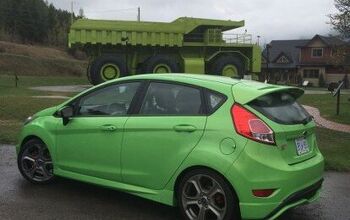
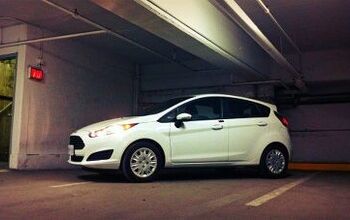
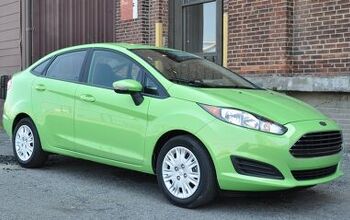



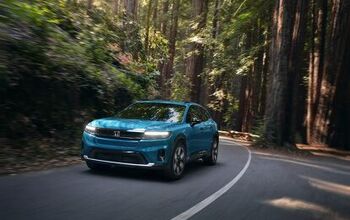
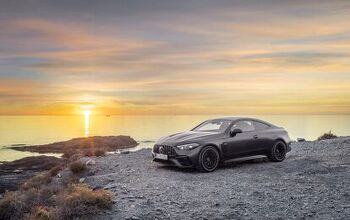
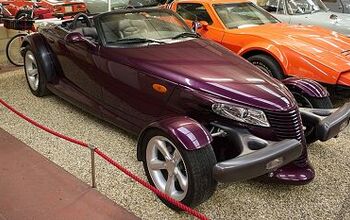
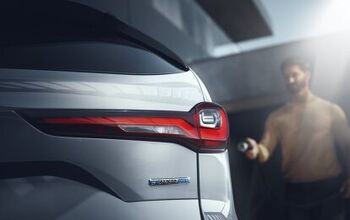


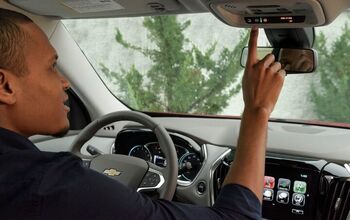
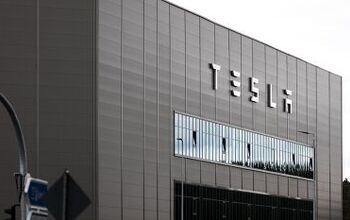
Comments
Join the conversation
My daily commute (30MPH @ 1.9 Miles, 35 @ 4.8, 40 @ 1, 35 @ 1.2, 60 @ 2.8, 35@ 1.4, 50 @ 2.5,45 @ 2.4, 40 @ 0.7, 30 @ 1) = 19.7 Miles to work) x 2 = 39.4 miles round trip to and from work. From 4-11-15 until 5-12-15, I traveled 1173 miles this included trips during the weekend and week days that were over and above commuter miles. Last month I averaged 110.2 miles per gallon of gas. My HV Hwy only miles averaged 50.2 miles per gallon of gas. I owned a 2005 Honda Element that I loved but only got 22/MPG (now I get 5 times better gas mileage). I can’t say enough good things of my 2014 Energi. I bought it used with 15K on it on March 22, 2015 for $22,500. With the extended warranty of 8 years or 100K miles on the fuel cells and drive electric drive train. It was a no brainier. It is an excellent car to tool around in, one that my wife likes to drive, and best of all it’s a sedan. I think Ford needs to advertise this model more. The math proves it out, (for certain drivers). I wish more people would talk about the benefits of this car. When driven combined commuter and general purpose mileage, this car can go a long, long way on a tank of gas!
Very late to this party, I know, but I just wanted to point out that EVs and PHEVs can be charged outdoors year-round, even in a monsoon or thunderstorm. I have a level 2 EVSE mounted on the side of my (Michigan) house next to my driveway and I charge my Fusion Energi there every day - rain, snow, or shine.